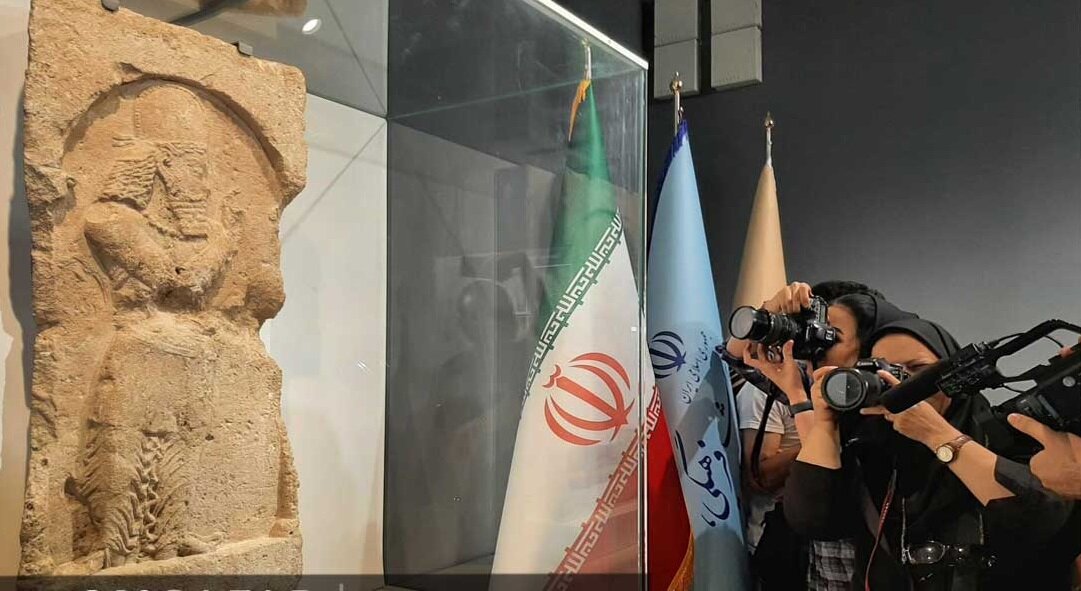Relief of bearded man, recovered from the UK, passes microscopic tests

TEHRAN – The authenticity of a recently recovered bas-relief has been confirmed after it passed a series of special microscopic tests in a Tehran laboratory.
“A series of microscopic tests has confirmed that the stone piece bearing rock-carved relief (of a bearded man) dates back to the Sassanid era (224–651),” CHTN quoted an Iranian cultural heritage expert as saying on Wednesday.
“After some cast doubt on the authenticity of the relic, we were asked to find answers to two questions; First of all, discovering if the relief is a combination of resin and crushed stone cast in a mold and is fake, and secondly, after seeing photos of the relief at an airport in London, which showed the stone in several pieces, had raised doubts about the authenticity of the upper and lower parts of the bas-relief,” Maliheh Mehdiabadi explained.
“We did some experiments to find the answer to these two questions; XRF and XRD analysis were carried out to identify the type of rock and its constituent minerals,” the expert said.
In addition, stone samples were taken from the top and bottom behind the stone to prepare microscopic thin sections to see if the structure of both parts of the stone is the same.
“We examined the samples with special geological microscopes and it was proved that the geological structure of both parts of the rock is the same.”
Furthermore, Mehdiabadi noted it is not yet clear whether this relief was located in a closed or open space (over the past centuries).
From an archeology perspective and based on current studies, although there are still ambiguities and questions, it is confirmed that this relief belongs to the Sassanid period, she explained.
Some experts believe the over-one-meter-tall antique was hacked out of live rock or on-site carved rock. It depicts an imposing male figure carved in the 3rd century CE and is estimated to be worth £30 million.
The delicately carved relic was heading for the black market in Britain when it was seized by security personnel. The haphazard packaging, which may have been meant to imply that it was a useless item, made Border Force officers suspicious. The over-one-meter-tall antique was hacked out of live rock or on-site carved rock.
Dr. St John Simpson, a senior curator, and archaeologist in the British Museum’s Department of the Middle East, has said: “We rarely come across a case of something being cut out of the “living rock.” That’s a level of brutalism that surpasses anything.
“It belongs to a period when Iran was the center of a powerful empire stretching from Syria to the Caucasus and Central Asia, and with its capital at Ctesiphon, south of present-day Baghdad,” he said. “The Sasanians were powerful rivals of Rome and famous today for their fine silverware and cut glass.”
“It looks amazing,” Simpson said. “It is stunningly attractive. The valuation could be anything, really. We’re talking from £20m to £30m-plus. There’s never been anything like it on the market.” He said the artifact would be “incredibly valuable” on the black market.
Iran's history places a great deal of significance on the Sassanid era, which saw a general renaissance in Persian art and architecture. In 2018, a collection of Sassanian historical cities in southern Iran, known as the “Sassanid Archaeological Landscape of Fars Region,” was inscribed on the UNESCO World Heritage list.
AFM
Leave a Comment